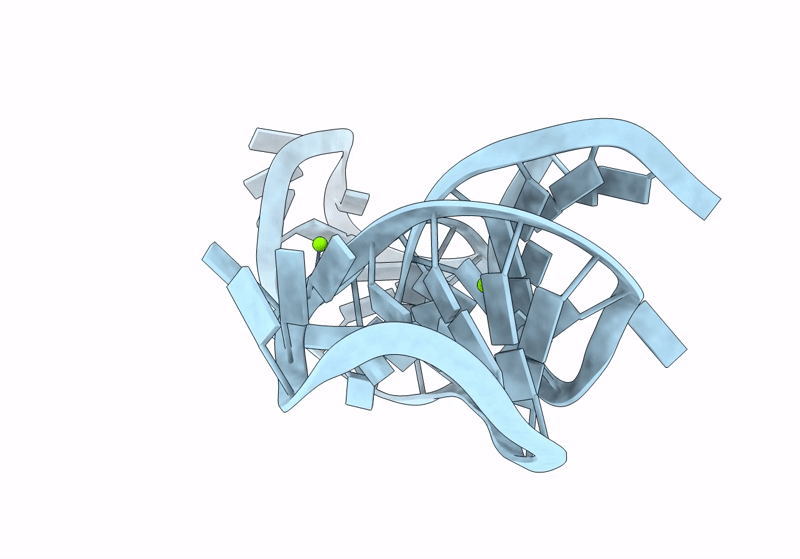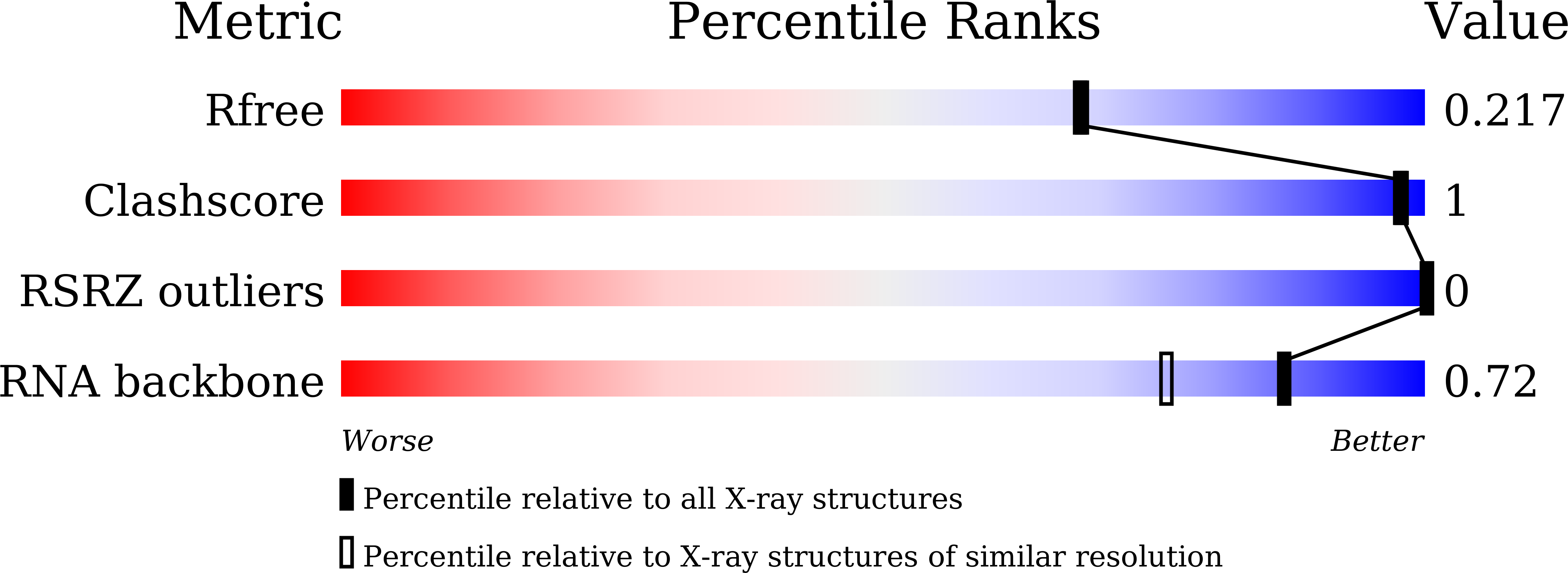
Deposition Date
2023-03-22
Release Date
2024-03-27
Last Version Date
2025-04-09
Method Details:
Experimental Method:
Resolution:
1.94 Å
R-Value Free:
0.22
R-Value Work:
0.20
R-Value Observed:
0.20
Space Group:
C 1 2 1


